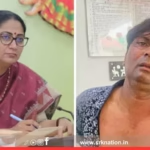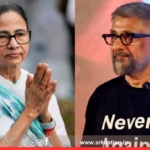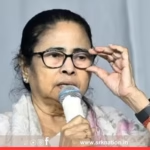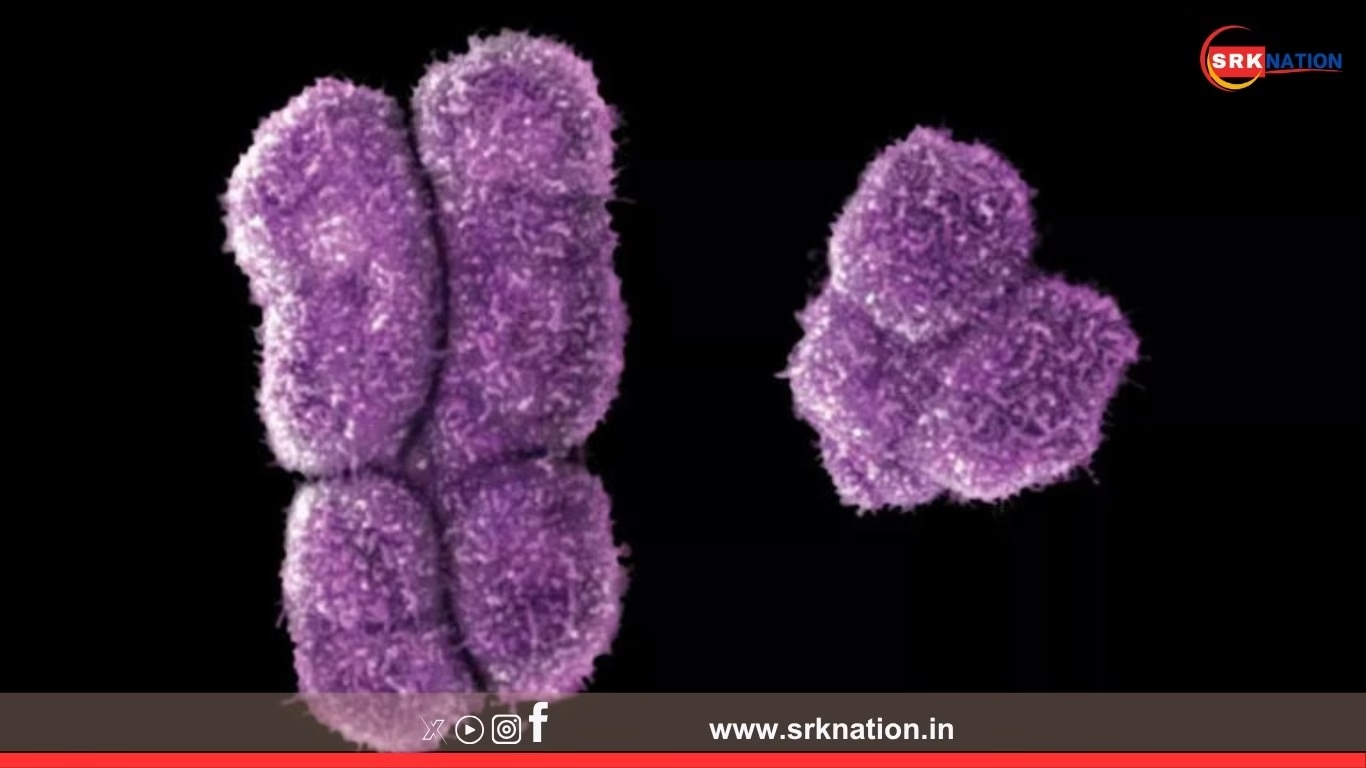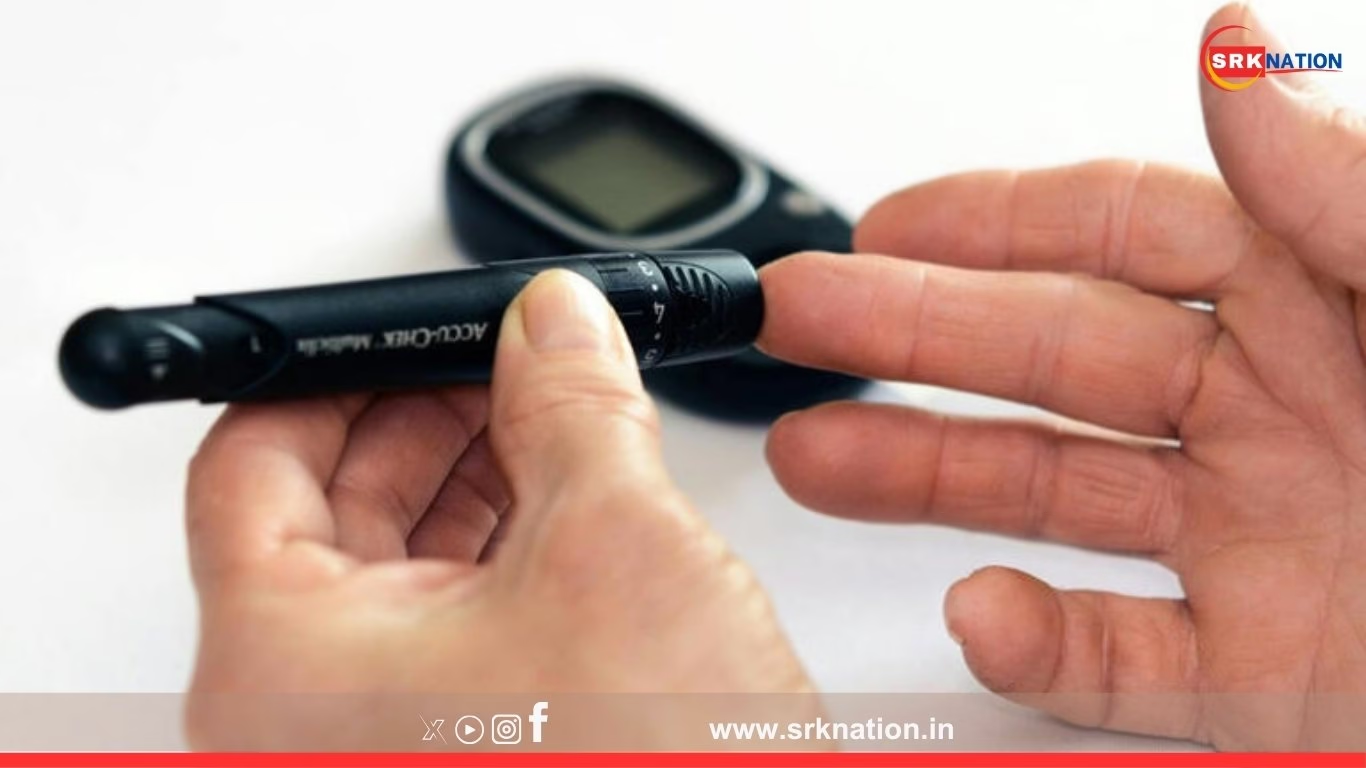A nationwide survey of over 5,000 doctors has revealed alarming gaps in the adoption of Guideline-Directed Medical Therapy (GDMT) for heart failure patients in India. The study, conducted by the Heart Failure Association of India, found that only one in four heart failure patients receive GDMT, despite its proven effectiveness in improving heart function and reducing premature mortality.
Key Findings of the Survey
- Low GDMT Adoption: Over 50% of doctors reported that GDMT—a combination of medications designed to relax blood vessels, reduce fluid buildup, and ease the heart’s workload—is not widely used in India.
- Diagnostic Gaps: Nearly 40% of doctors admitted to not using NT-proBNP, a crucial blood test that helps guide treatment decisions.
- Quality of Life Assessments: Only 25% of respondents routinely evaluate patients’ quality of life using standardized questionnaires, despite GDMT guidelines emphasizing its importance.
- Barriers to Treatment: High treatment costs (58%), poor medication adherence (54%), and interference from unqualified doctors (20%) were cited as major obstacles to GDMT implementation.
Expert Reactions
Dr. Shantanu Sengupta, a leading cardiologist and the study’s principal investigator, emphasized the need for urgent action. “We hope our findings will lead to expanded adoption of GDMT and appropriate care for more heart failure patients,” he stated.
Medical experts are calling for policy reforms, better patient education, and affordable access to GDMT medications to bridge the treatment gap and improve heart failure outcomes in India.




